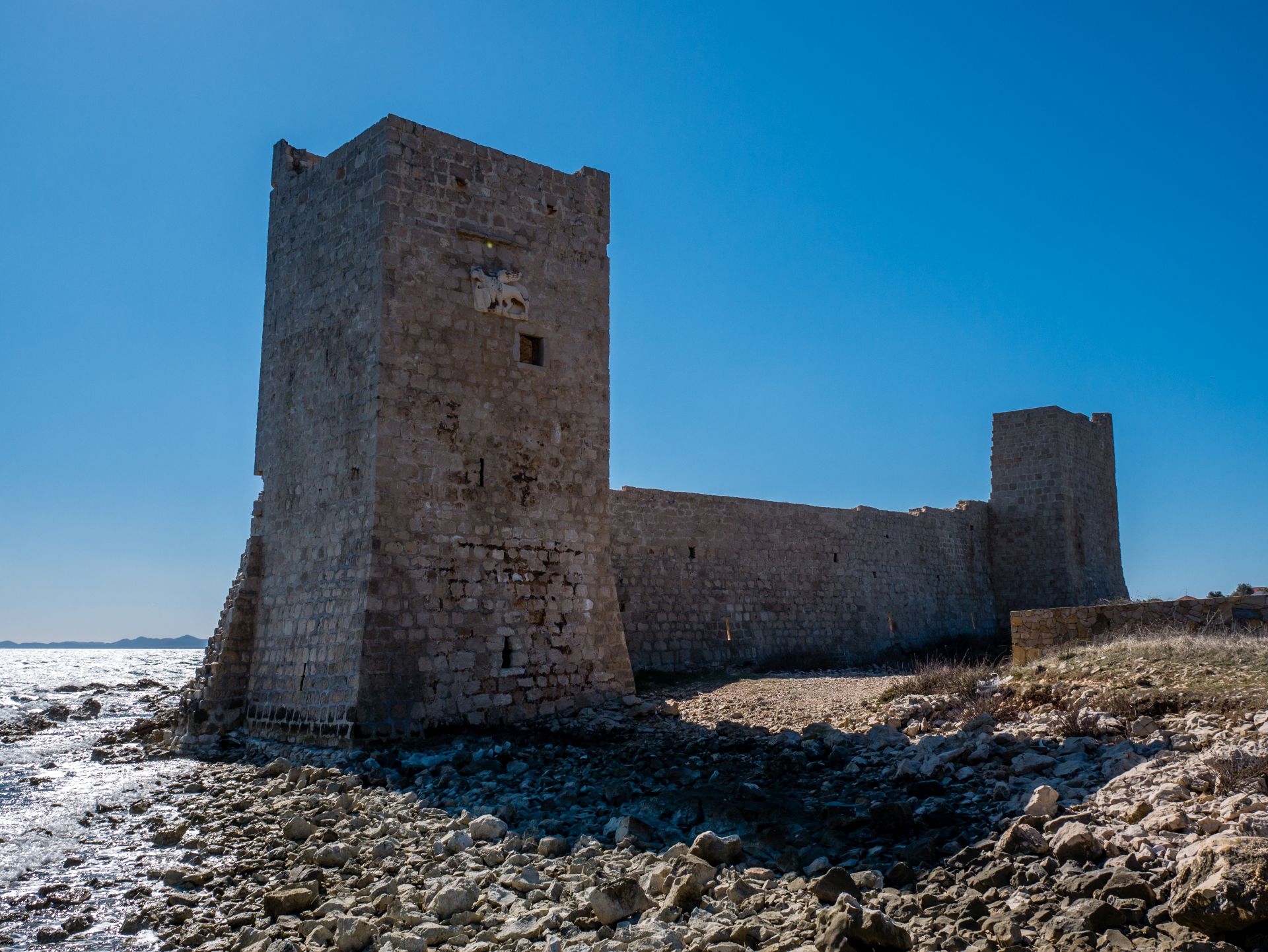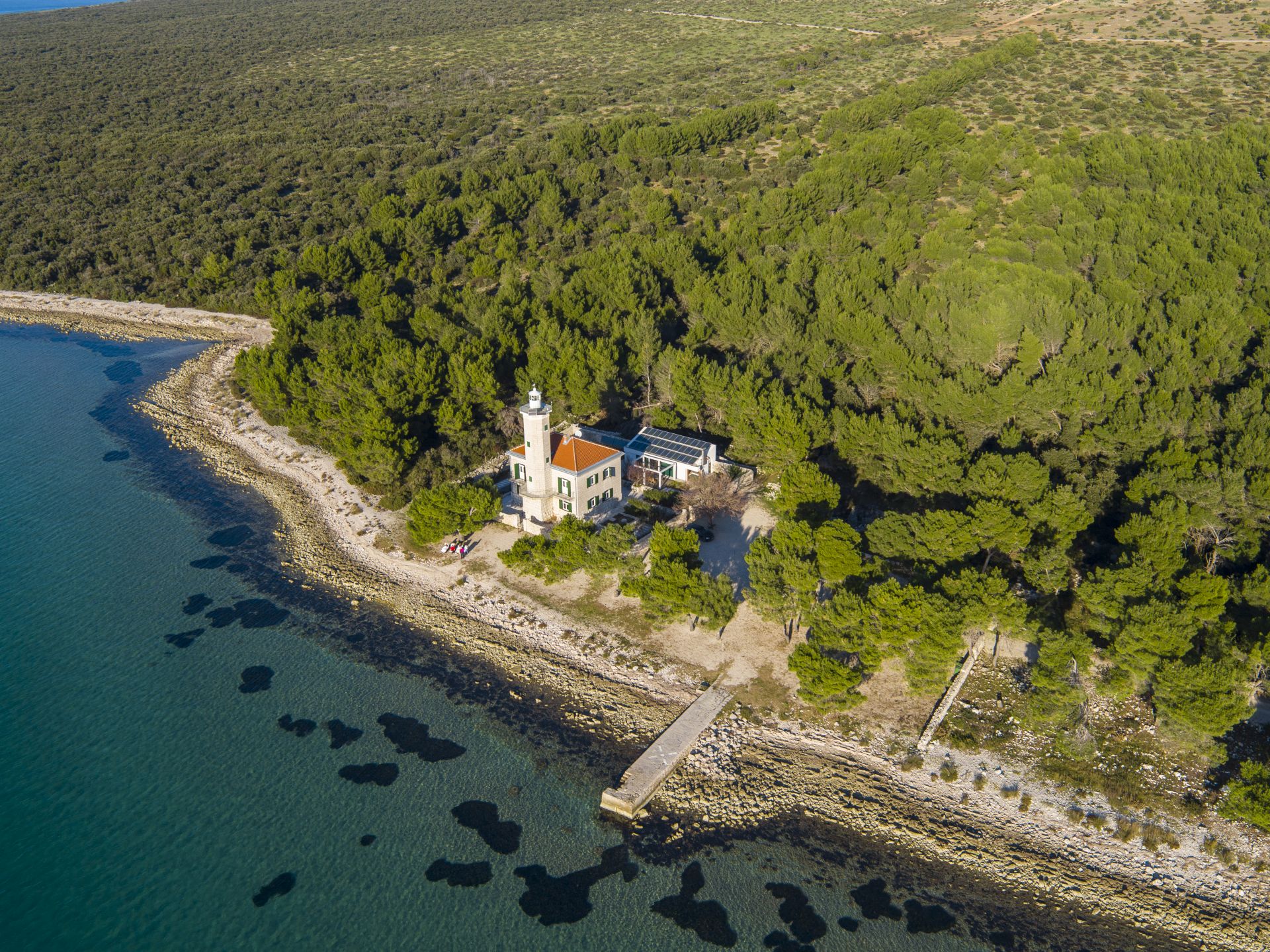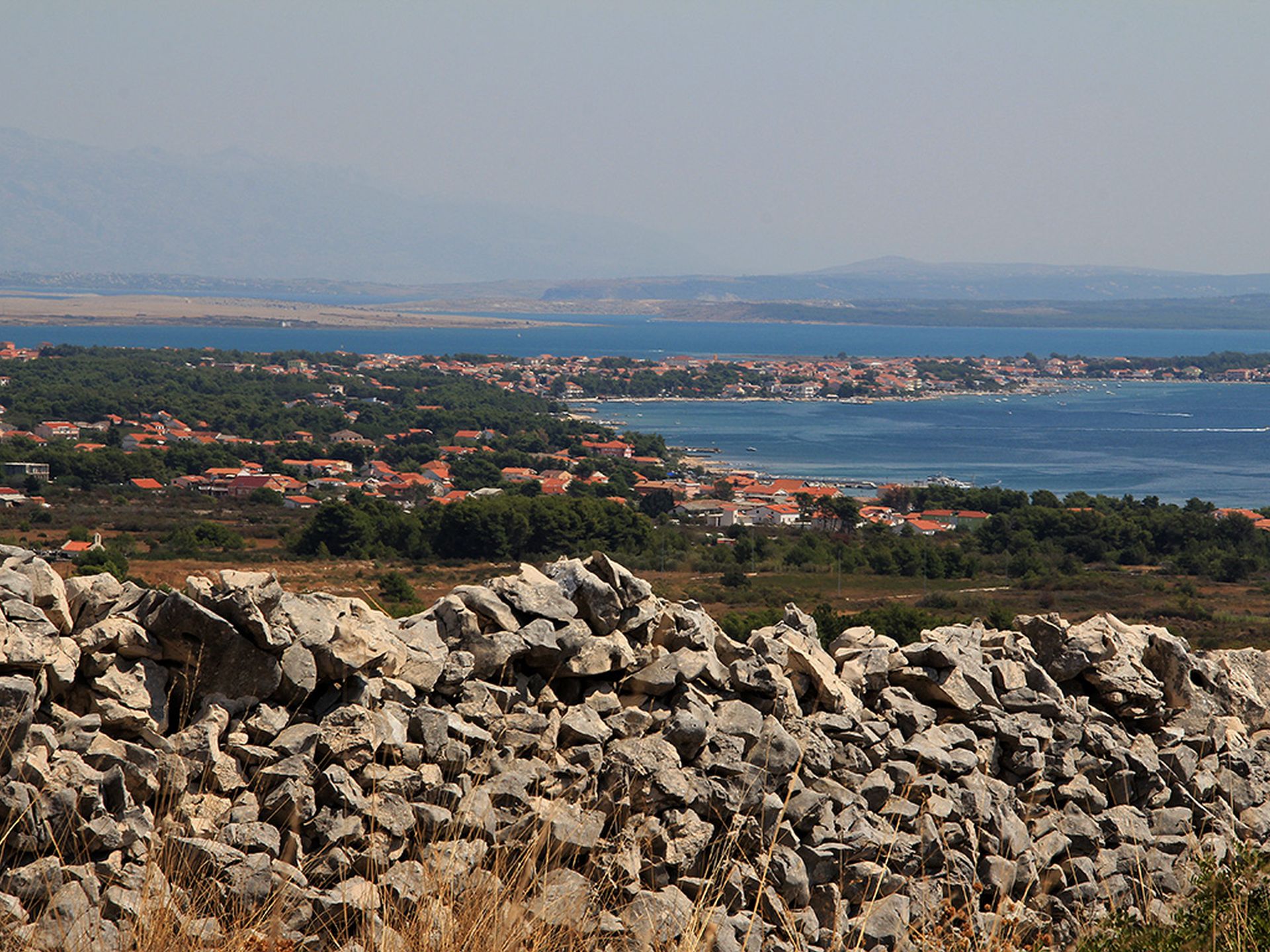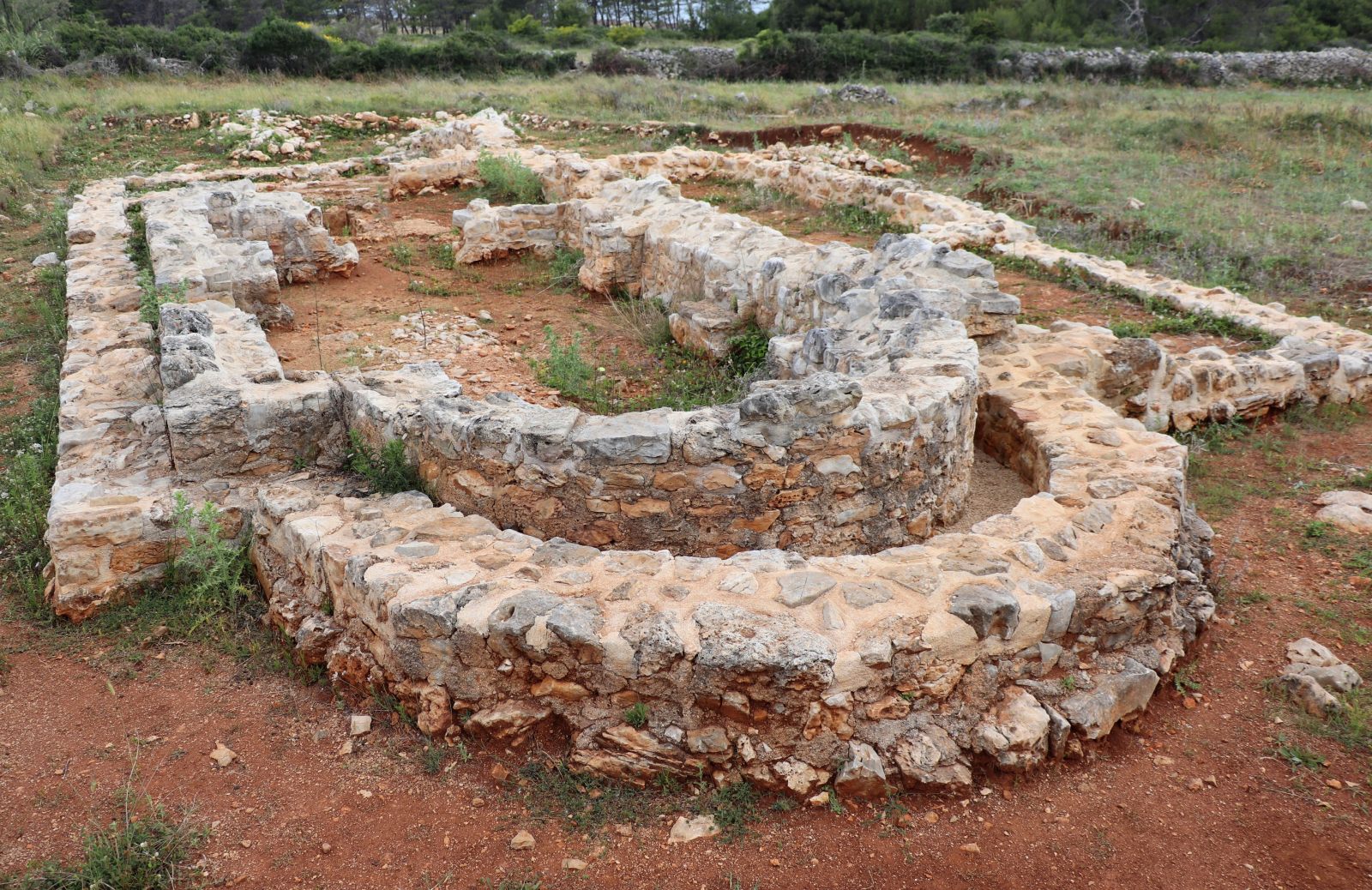
Sights of Island Vir
History
Get acquainted with the sights of the Island of Vir and its historical, cultural and other features.
Kaštelina
The fact of the long continuity of life on the island and the presence of a man gave Vir a precious monumental and architectual herritage, so Vir is nationally and globally recognizable by several sights. It is adorned by the Ventian fortress Kaštelina, probably built at the beginning of the 16th century, while according to some interpretation, construction began in the middle of the 14th century as a protection from the invading Ottoman Empire.
Villa Lanterna
In the western part of the island, there is Villa Lanterna as the first renovated historical lighthouse from 1881. and a zero category monument which is a symbol of tourist and destination management of the island today. Vir is also special in the unique archeological find of two churches in one – late antique from the 6th century and medieval one from the 12th century – in Smratine. However, for most of the visitors, the island is the most recognizable by the bridge.
Vir bridge
Vir bridge is one of the five bridges on the Adriatic that connects the island to the land, and in this case, Vir is connected to the whole world. It is 378 meters long with the construction supported by nine concrete pillars, and with embankments on both sides, it reaches 443 meters. One of the symbols of Vir is also called the Bridge of Love because it connected the island to the entire world.
Bandira
However, these sights are not the only ones. On the top of the hill Bandira, the second-largest point at 112 meters above sea level, there are some colony remains, then ruins on the north part of the island, remains of the medieval church of St. George at Bandira, St. Nicholas, and St. George on the place of the current parish church of St. George from 12th and 13th century and also the old parish church of St John from 13th and 14th century. The current parish church of St. George was built in 1845. on the foundations of the older church of the same name. Next to the church, there is a stone church-tower from 1937. and 1938., which was destroyed in the Second World War and then rebuilt in 1959.
Archaeological site Smratina
In the settlement of Smratina, seven years ago, systematic research of the archaeological site began, where an early Christian or late antique church from the first half of the 6th century was found, and later an early Romanesque church from the 11th or 12th century was built in it. Two churches in one is a peculiarity of this archaeological site, as well as the unique finding in Croatian archaeology on the pilasters of the fence of the sanctuary signed by a certain Marcilianus. This site in Smratina with the church findings and the grave remains testifies to the continuity of life on the island of Vir and the existence of the urban island settlement in late antique, meaning it represents the oldest site of an urban settlement excluding the existing remains of Liburnian culture.
In the settlement of Smratina there was an island late antique residence with a church, but it is still unknown whether the settlement with the church was created on the foundation of the earlier Roman suburban residential settlement and economic complex of buildings. It is also assumed that there could have existed a village or a settlement in the same place like there could have been an even older Liburnian settlement in the place of Smratina. Like two famous Liburnian remains on the island, Gradina and Bandira or St. George, do not have findings, it is reasonable to conclude that they didn't serve for residence, but only for living in the extreme conditions. Considering the visibility over the entire island, Vir sea, and Nova Povljana Canal, Bandira probably served to control the sailing ways to Zadar and Nin. Gradina has impressive three-meter walls and it served for observation and defensive purposes i.e. like a safe shelter. The found archaeological findings are placed in the Museum of Nin Antiquities as the nearest archeological museum.
Research has shown so far the existence of 20 graves of which a part is from the early Christian period, and it is about built tombs from the 6th century, while a dozen of medieval graves were found around the church, which is associated with the young Romanesque church.
Prehistoric and Roman times
Based on the archeological finds, the first inhabitants of the island of Vir were the Liburnians, an Ilyrian tribe, which inhabited this area from the 9th century BC.

Vir in the Middle Ages
At the beginning of the Middle Ages, Vir became closely connected to the town of Nin, where King Petar Krešimir IV ruled. In the area of the island of Vir, until 12-13. century, the churches of St. Nicholas and the church of St. George were built in the place of the current parish church of St. George in the center.








